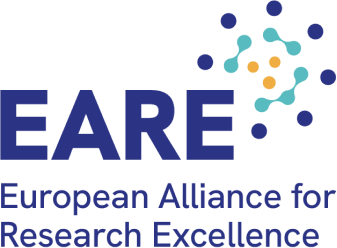
Contribution to the UK’s Intellectual Property Office’s Consultation on Artificial Intelligence and Intellectual Property
We warmly welcome the opportunity to contribute to the UK IPO’s call for views on Artificial Intelligence
(AI) and Intellectual Property (IP). Considering our remit spans TDM and Open Data, we will be focusing
our contribution on questions 1 to 4 of the copyright and related rights section, and on questions 2 and
3 of the trade secrets section.
Copyright and related rights
1. Do you agree with the above description of how AI may use copyright works and databases, when infringement takes place and which exceptions apply? Are there other technical and legal aspects that need to be considered?
Text and Data Mining is a building block for both machine and deep learning, which play a foundational
role in the development of AI. Collecting and analysing data using TDM is essential to enable machines
to learn and AI algorithms to better recognise, understand, adjust, and respond. Without the appropriate legal and technical framework to permit a program, software or computers to access and analyse very large amounts of data and employ cognitive technologies to allow the learning of patterns, amassing sufficient amounts of data to develop, train and test AI would be challenging, and possibly prohibitive, for many individuals, researchers, and organisations.
TDM works by crawling thousands of different digital sources, and some of these can indeed be protected by copyright. However, as long as the TDM user has lawful access to a copyright-protected work they should be able to mine that content for purposes of machine learning. TDM and machine learning are not about enabling access to copyrighted material for free, but on the contrary, they are about understanding the works accessed legally to identify patterns, facts, and correlations locked within these works, and to communicate those findings, insights and observations to the public. TDM and machine learning may also require automated, incidental storage of lawfully accessed copyrighted works to access non-copyrightable information. However, the results of TDM, such as
knowledge extraction and pattern recognition, do not result in a copy or substantial taking of the material from which the data is used to train the AI application, and therefore do not constitute copyright infringement.
As rightly identified in the UK Government’s 2017 independent AI review, copyright exceptions for the purposes of Text and Data Mining are required to support the development and training of AI applications which offer vast potential for economic growth and increased competitiveness globally. We believe the current UK exception, covering only research purposes is too limited, and does not reflect the reality of today’s research, which is often conducted as part of public-private partnerships. As it stands, TDM users falling under that category face a legal grey-zone, which tends to deter them from conducting TDM activities, for fear of copyright breach.
The UK could consider a number of legislative actions to encourage data innovation, while balancing economic expectations of rightsholders. EARE members have been advocating for a broad, solid and easy-to-understand TDM exception in Europe. In line with this position, we believe the UK should broaden the current TDM exception to cover private and commercial use. More specifically, the Copyright, Design and Patent Act could be updated to allow for the reproduction of lawfully accessed works to facilitate TDM, for commercial or non-commercial purposes, by commercial and non-commercial entities. In addition, a broadening of UK fair dealing exceptions to encompass a broad fair use concept, similar to that in the US would promote innovation and safeguard adverse economic impact to copyright owners.


